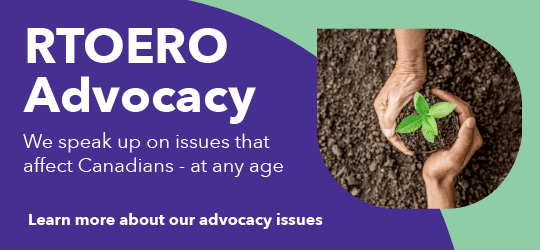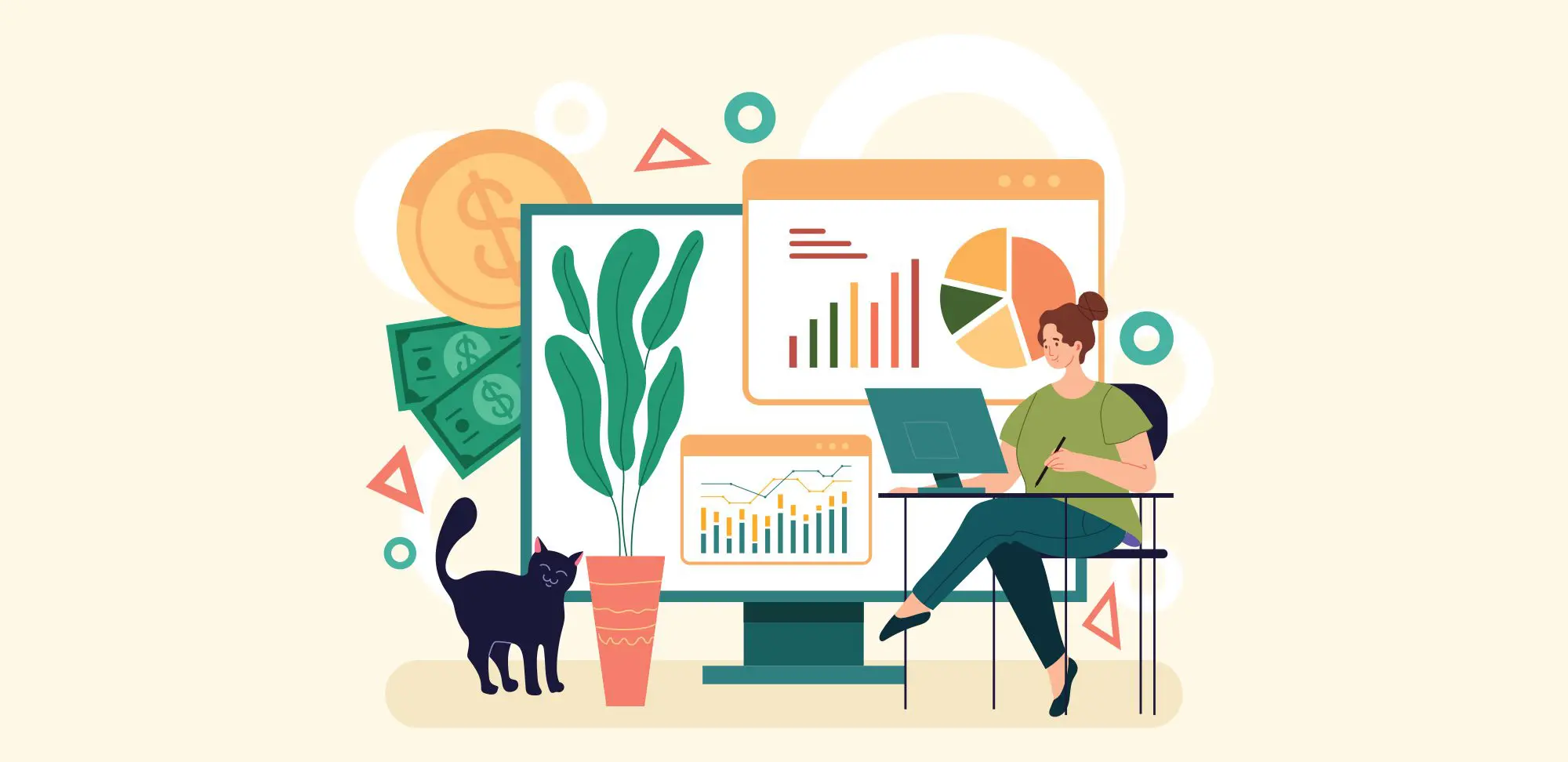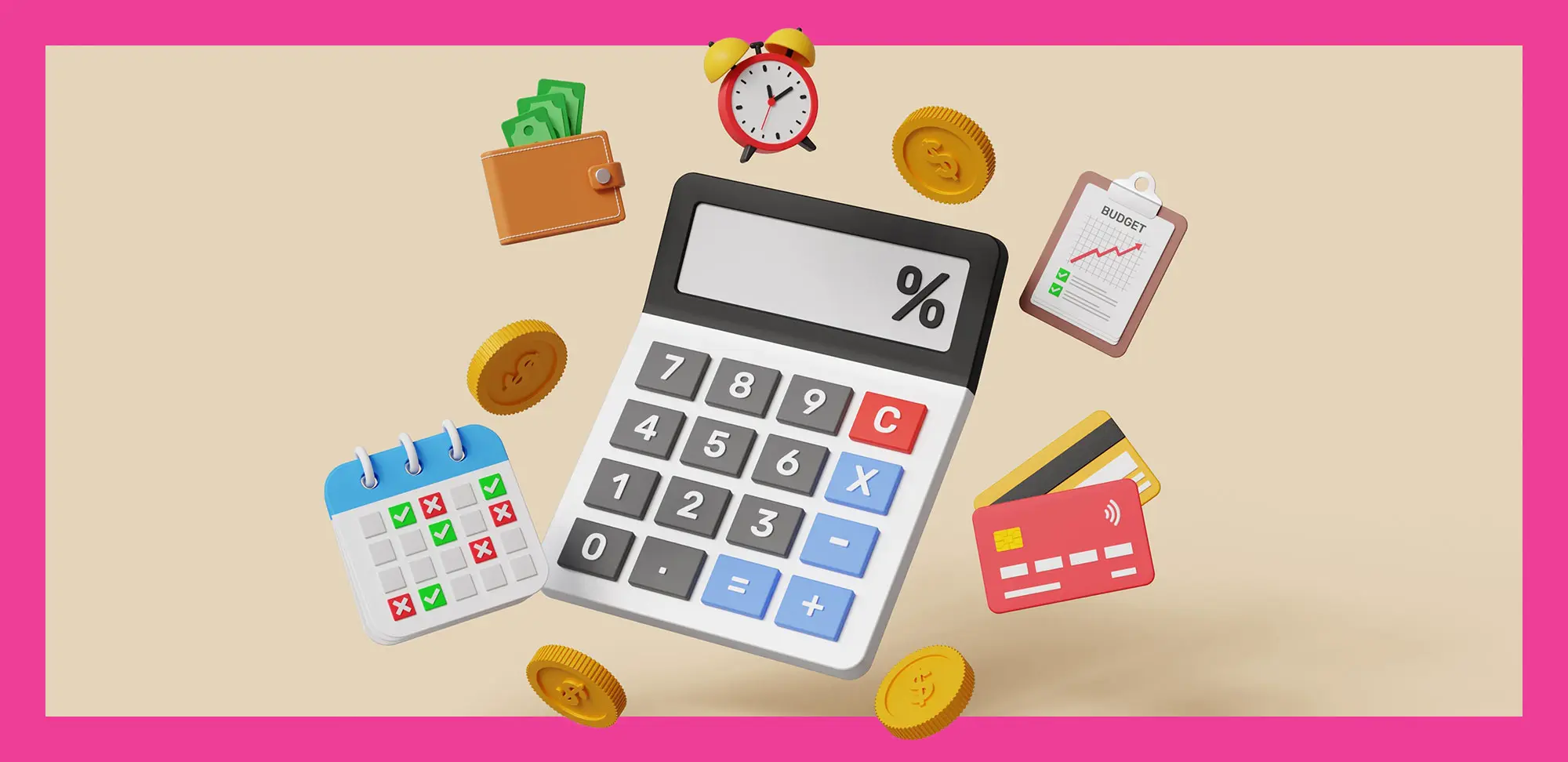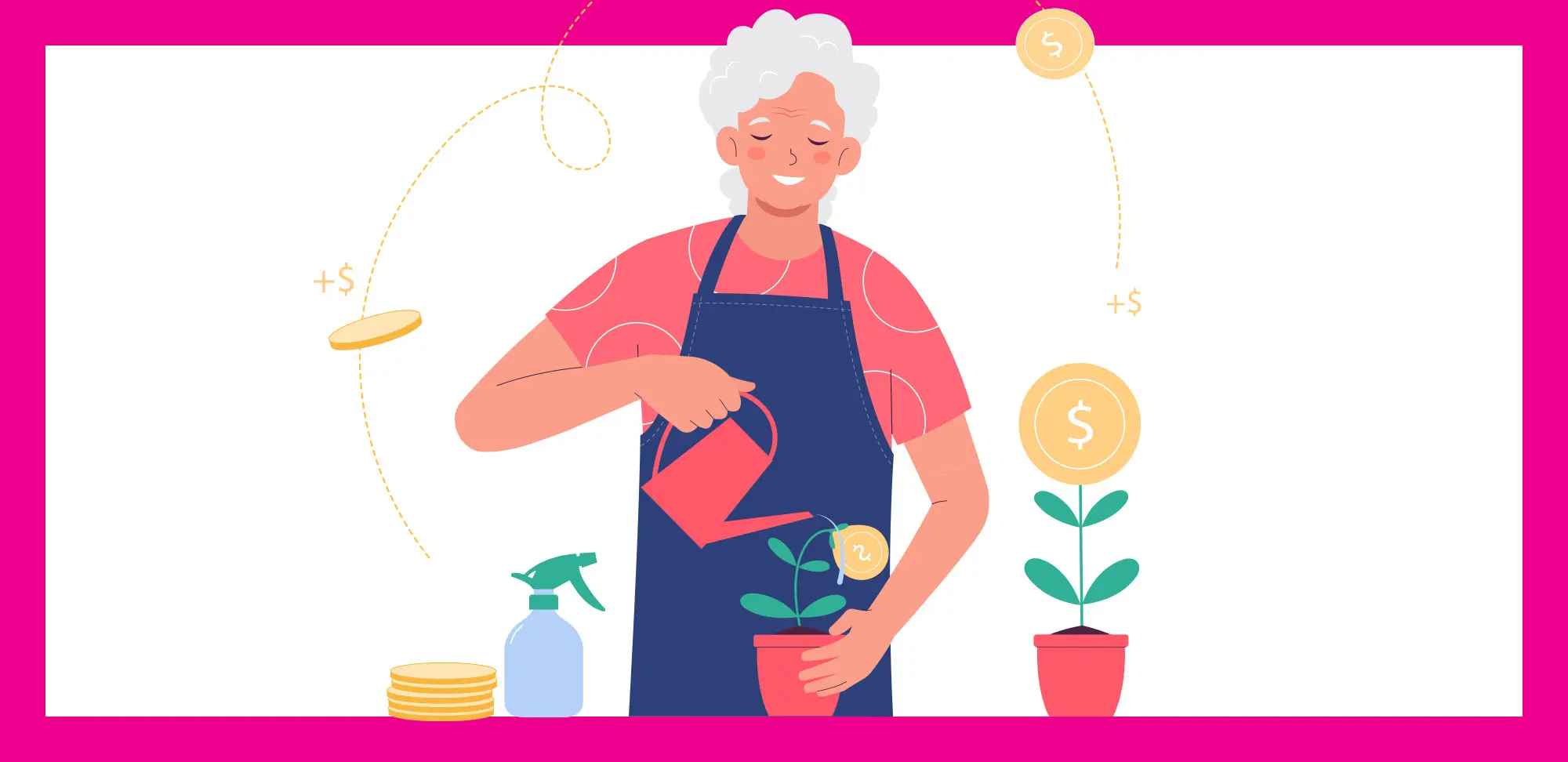Whether you’re single, or part of a solo-income household, these five strategies could help you maximize your income and feel more secure about your finances.

Make purchases scaled to your income
Your home. Your car. The milestone vacations you plan to take. Scale these bigger-ticket purchases to your income; they will have longer-term implications on your day-to-day cash flow, especially if the monthly payments are high. And, more importantly, they can impact your retirement readiness. In nearly all cases, it makes sense to set your sights on lower-cost big-ticket purchases, like a smaller home in a less-expensive location. If you bought your home years ago, it probably has appreciated significantly in value. In that case, you could sell and downsize, or sell, shore up your investments with the equity and switch to a flexible rental scenario.

Pump up your emergency fund
Pre-pandemic, the financial community recommended having between three and six months’ worth of essential expenses tucked away in the event of an emergency. Now, resoundingly, we recommend the higher end of that scale, because when emergencies strike, they can last a long time. If you’re on a solo income, you’ll always need more cash savings for emergencies than a double-income household would. You don’t have a second-income safety net, and that exposes you to greater financial risk.
My advice: Start building your what-if fund as early as possible. Regularly deposit money in a high interest savings account — this can be held within a TFSA to avoid taxes — and aim to save a total of six to eight months’ worth of essential expenses. Statistically, you’re likely to experience a financial emergency every seven years, so you’ll be using and replenishing this account with some regularity. It takes time to build up emergency reserves, so stick with it.

Make budgeting your best friend
Single-income homes have less money to spend on core budget categories. So it’s key to stick to well-researched budgeting benchmarks, such as housing (35 per cent of take-home income), travel (10 per cent), groceries and home (20 per cent), consumer debt repayment (10 per cent), saving (5 per cent), investing (10 per cent), and entertainment, clothing and wellness (10 per cent). The percentages can be stretched and pulled to suit your needs, but if you increase in one area, you’ll need to decrease what you’ve earmarked in another to ensure your bottom line remains the same.
Budgeting isn’t a one-time event; it’s an ongoing process. Plan your budget for the month ahead: Envision what’s going to happen, and set aside money for essential and then non-essential purchases. Proactive budgeting allows you to get creative about being frugal too. If you’re running out of money in one category, it means trimming your spending in others. If you have money left over, congratulations! This will give you the opportunity to save more. Living on a single income does not marry well with having consumer debt, so pay off balances you owe quickly, and steer clear of accumulating more.

Don’t miss a beat with retirement planning
Be extra-vigilant when planning your retirement — DIY’ing the process is not recommended. Work with a professional to develop a longer-range plan that ensures you’re saving enough today for your future. Later, when the golden years hit, examine whether you’re spending at a rate that protects you from eroding your nest egg too quickly. Certainly, there are guarantees if you have a defined-benefit pension plan (namely, a regular monthly income) but, depending on what you want your life to look like, you’ll need to save independently as well, using tools like RRSPs, TFSAs and non-registered investments.
Start with a strategic vision. See what you want retirement to look like and get specific. Then talk this through with your financial planner, and close any gaps between your vision and your current savings pace.




Get critical illness and disability insurance if you’re still working
You probably have coverage if you get sick or are disabled, but it’s important to understand your policy and find out whether there are gaps you’ll need to cover. Living on a single income when disaster strikes can expose you to great financial risk. The fastest way to determine if you have greater insurance needs is to work with a licensed insurance professional. In a single meeting, they should be able to tell you whether you need more coverage than you have. They’ll also talk you through life insurance options, especially if you still have minor children at home.
Some of the greatest financial success stories I have heard are from single-income households. Once they’ve learned to stretch their finances as far as they can go, they live comfortably — and happily — within their means.










